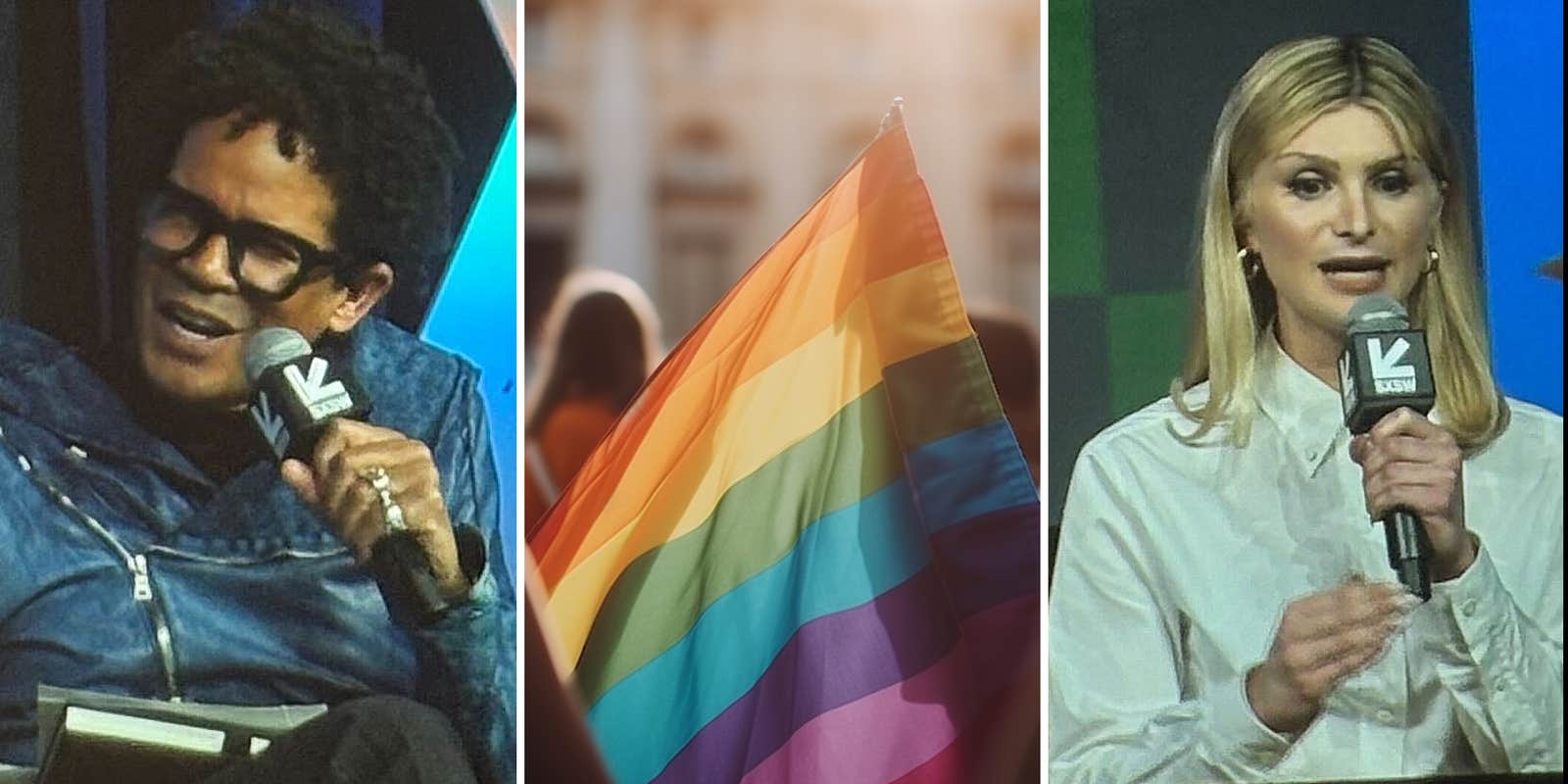When Dylan Mulvaney began her partnership with Bud Light in February 2023, the reaction from conservative media and influencers was largely quiet—that is, until a few months later, when a video from Mulvaney promoting the drink went viral across conservative media.
This led to a boycott of the brand and a firestorm of hate and transphobia targeted at Mulvaney—Bud Light’s handling of which was roundly criticized by campaigners for transgender rights. Mulvaney herself eventually made a video responding to the hateful comments and subsequent boycott effort, saying that she was never contacted by “the brand.”
“For months now I’ve been scared to leave my house. I have been ridiculed in public. I’ve been followed and I have felt a loneliness that I wouldn’t wish on anyone,” she said. “For a company to hire a trans person and then not publicly stand by them is worse than not hiring a trans person at all, because it gives customers permission to be as transphobic and as hateful as they want. There should be nothing controversial or divisive about working with us.”
This incident and others like it have led brands to attempt to figure out their roles in fighting hate. In a panel discussion led by Kelley Robinson of Human Rights Campaign held at SXSW, Mulvaney was joined by Jo Yurcaba of NBC News and Aaron Walton to discuss the place of brands in this discussion.
First, some may think that brands could simply sidestep this issue. However, according to Walton, 70% of non-LGBTQ+ adults agree that companies should publicly support the community, and the LGBTQ+ community has $3.9 trillion in buying power. Walton notes this data shows that ignoring this part of a consumer base—or stepping away from them due to a perceived “controversy”—is a poor financial decision.
“You have to address the realities of what the data is showing you,” he stated. “Good partners aren’t just there during the good times. Good partners are there when a community like ours is under attack.”
When companies work with influencers in the LGBTQ+ community, Mulvaney notes, “communication is so key,” as well as working with people who have a better understanding of LGBTQ+ issues. “There’s a level of trust that needs to happen,” she says.
That said, the media covering any issue surrounding LGBTQ+ people, or hate campaigns against them, has a role to play as well.
“If you’re doing a story about trans people, please talk to trans people,” Yurcaba said. They continued by encouraging outlets to not reduce hate campaigns to the phrase “culture war,” as well as avoiding framing transgenderism and issues surrounding sexuality as “new.”
Social media is another avenue upon which brands can connect with their LGBTQ+ base.
“It’s a way for young people to see people that are like them,” Mulvaney said of platforms like TikTok. This, she says, can provide a platform for both acceptance and understanding for those in the community, as well as a place where advertisers can meet LGBTQ+ people where they are.
Finally, Mulvaney stressed that stories and media campaigns including LGBTQ+ people do not always need to focus on the issues they face.
“I want to see trans joy,” she declared. “We need that trans joy in marketing as well.”


